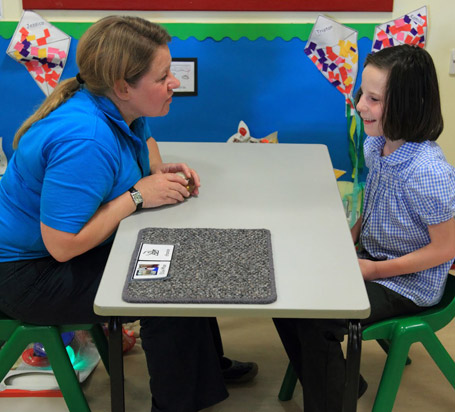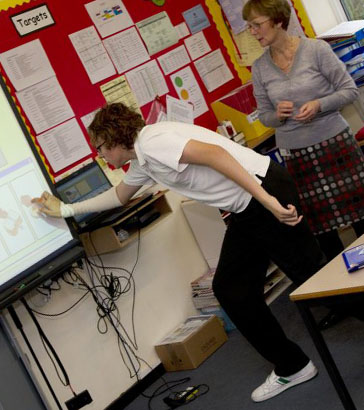
MI is a useful tool that uses speaking and listening to address and prompt behaviour change. These tools can be adapted for use by those with complex needs.
This approach has proven to be particularly successful in engendering behaviour change with children with complex SEBD.
What is MI?
MI was originally developed by Miller & Rollnick (1991, 2002). It was defined as a person centred, directive method for enhancing intrinsic motivation to change by exploring and resolving ambivalence.
The central premise of the MI approach is that people aren't always ready to change their behaviours. Consequently, there is no presumption or assumption that people actually want to change particular aspects of their behaviour. Behaviour change is reliant upon each individual's motivation.

When you work with children, always be aware that they might not always be ready to change their patterns of behaviour. MI acknowledges this and highlights the fact that many of us have good reasons for choosing to maintain our behaviours. For example, a student who behaves badly might derive more fun and attention from this type of behaviour than if they remain passive within the classroom setting.
In this type of situation you will need to focus on the pupil's ambivalence. This is the uncomfortable feeling that many of us are faced with when confronted by change and nearly always means that we are not sure whether or not we want change.
Students need to be attuned to this if they are to make real effective changes for themselves that are not imposed by others within the learning or social context.
It is also important to emphasise that change is not a comfortable process.
Students should be introduced to the concept of change, particularly when considering a change that a teacher might wish to make to improve the student's academic performance or behaviour.
For example, a form tutor might want a student to participate more fully in PSHE sessions and not simply sit at the back of the class being disruptive.
In this instance, the student should be asked to record a list of positives and negatives. In other words:
- Why do I not want to change this behaviour (a negative example)?
- Why is this a good idea (a positive example)?
- What do they think about this change (positive/negative)?
- Do they agree that they need to make this change (positive/negative)?

Prior to making this list they may wish to rate themselves on a scale from nought (strongly opposed) to ten (totally willing). The following types of questions are useful:
- What do they think about this change?
- Do they agree that they need to make this change?
This exercise will help you to start to analyse the problem. It will help you and the child to work out why they need to change.
It will also help them to recognise that they really can change and move forward from an ambivalent position to one that engenders real change.
The stages of change
This model helps professionals to identify how ready children are to make changes in their behaviour. It is important to reinforce the fact that relapsing is part of the process. Relapse is a normal and natural part of the cycle of change. Children must be certain that relapsing does not mean failure.
Exploring the potential benefits of change is a key element of MI. The stages of change have been redefined by McNamara (1992, 1998) from the work of Prochaska and Diclemente (1982).


McNamara, E. (1992) "Motivational Interviewing: the gateway to pupil self- management", Pastoral Care in Education, September, 22–28.
McNamara, E. (1998) The Theory and Practice of Eliciting Pupil Motivation: Motivational Interviewing – A Form Teacher's Manual and Guide for Students, Parents, Psychologists, Health Visitors and Counsellors. Ainsdale, Merseyside: Positive Behaviour Management.
Miller, W. R., & Rollnick, S. (1991). Motivational interviewing: Preparing people to change addictive behavior. New York: Guilford Press.
Prochaska, J. O. and DiClemente, C. C. (1982) "Transtheoretical Therapy: Toward a More Integrative Model of Change", Psychotherapy:
Theory Research and
Practice, 19 (3) 276-288.